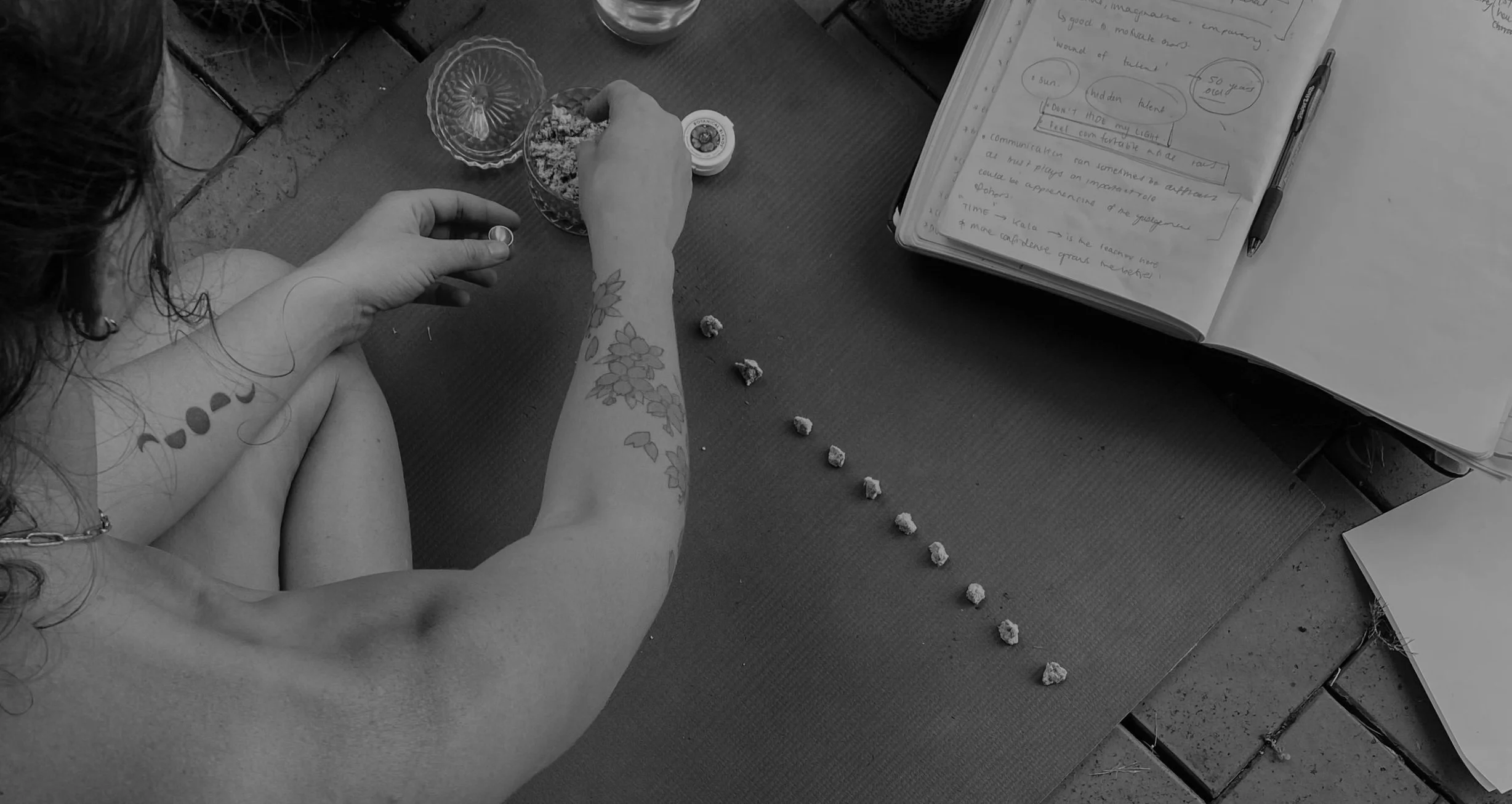“The superior physician treats disease before it occurs.”
What Is Tui Na?
Tui Na (推拿) is a foundational branch of Traditional Chinese Medicine (TCM), alongside acupuncture, herbal medicine, and Qi Gong. It is a therapeutic form of Chinese remedial massage that uses specific hand techniques—including pushing (Tui), grasping (Na), kneading, rolling, and pressing—applied to the body's meridians, acupoints, and soft tissues.
Unlike Western massage, which often focuses on muscle relaxation, Tui Na works within the TCM framework to:
Regulate the flow of Qi (vital energy) and Blood,
Disperse stagnation and pathogenic factors,
Harmonize the Zang-Fu (internal organs),
Realign structural imbalances,
Support the nervous, digestive, and immune systems.
It is a medical treatment system used to address both internal and external conditions, from musculoskeletal pain to emotional and digestive disturbances.
The Energetic Importance of Tui Na
In Traditional Chinese Medicine, health is defined by the smooth and balanced flow of Qi through the meridian system. Disruptions in this flow—caused by stress, trauma, poor lifestyle, or emotional strain—can lead to physical or mental illness.
Tui Na is unique because it directly works with the body's energetic system in a tactile, hands-on way. Through skilled palpation and rhythmic manipulation, Tui Na not only works on muscles and joints but also:
Moves and tonifies Qi and Blood, unblocking stagnation,
Clears internal heat, cold, wind, and dampness, which can lodge in tissues,
Calms the Shen (spirit) and supports emotional regulation,
Supports organ function by stimulating corresponding channels and points,
Reconnects the body and mind, encouraging integration and healing.
For example, facial Tui Na can calm the Shen and regulate internal organs via meridian pathways that reach the face and head. Abdominal work (Chi Nei Tsang) focuses on the centre of the body, directly influencing organ Qi and emotional tension stored in the viscera.
Flame cupping is used alongside Tui Na, enhancing circulation, releasing deep-seated tension, and supporting the body's natural healing process.
The warmth and suction help draw out stagnation, allowing for deeper tissue relaxation and improved Qi flow.
Integral Energetics is an approach which emphasis a dynamic interplay between physical touch, energetic awareness, and emotional processing. By working within both the seen and unseen layers of experience, this approach allows deep-seated patterns to surface and resolve naturally.
By guiding the body from a state of defensive tension to one of ease and movement, we create space and a capacity to listen deeper. Your body naturally seeks to reorganise itself for greater vitality, coherence, and adaptability
Gua Sha is a traditional East Asian technique that involves scraping the skin with a smooth-edged tool to promote circulation, release tension, and move stagnant Qi and blood.
Enhancing the therapeutic effects by reducing muscle tightness, improving mobility, and supporting the body's natural healing processes.
Moxibustion (Moxa) is a traditional Chinese therapy that involves burning dried mugwort near the skin to stimulate circulation, warm the meridians, and support the flow of Qi and blood.
When combined with Tui Na, it deepens the treatment by relieving pain, dispelling cold, and enhancing the body's natural healing response.
Chi Nei Tsang (氣內臟, meaning “working the energy of the internal organs”) is a Taoist abdominal massage technique that focuses on the internal organs to promote physical, emotional, and energetic healing.
It is rooted in Traditional Chinese Medicine (TCM), like Tui Na, but has a specific focus and method. There is emphasises on emotional healing and the idea that unresolved emotions are stored in the body organs.
Tui Na works with the rhythm and intelligence of the body. Just as Qi flows in cycles and layers, healing through Tui Na unfolds gradually. Regular sessions are essential for the following reasons:
Ongoing regulation of Qi and Blood prevents illness before it manifests and supports the body’s innate self-healing.
Emotional release and Shen support often happen gradually, requiring space, safety, and consistency.
Repatterning the nervous system and fascia takes time—especially for chronic conditions or long-standing emotional stress.
Each session builds on the last, deepening the effect, and offering sustained regulation of both physical and energetic systems.
In TCM, the body is never static; regular Tui Na helps keep pace with seasonal shifts, stressors, and life changes.

